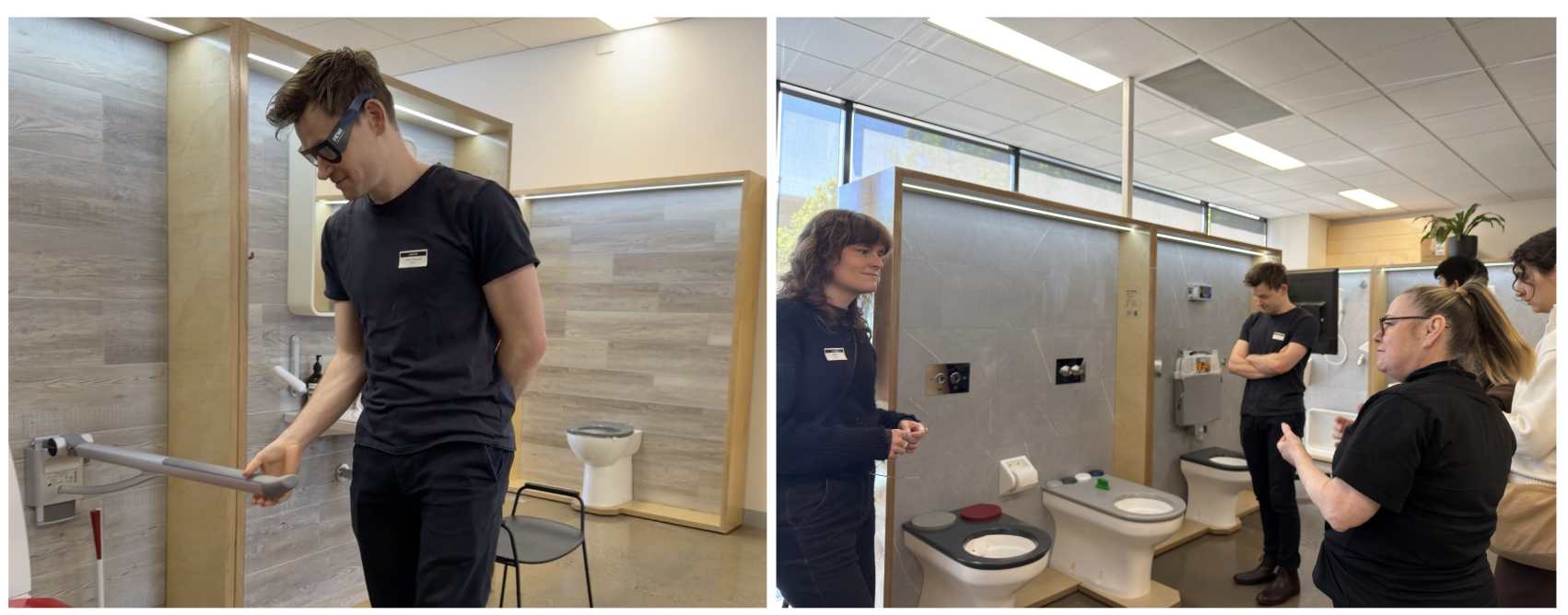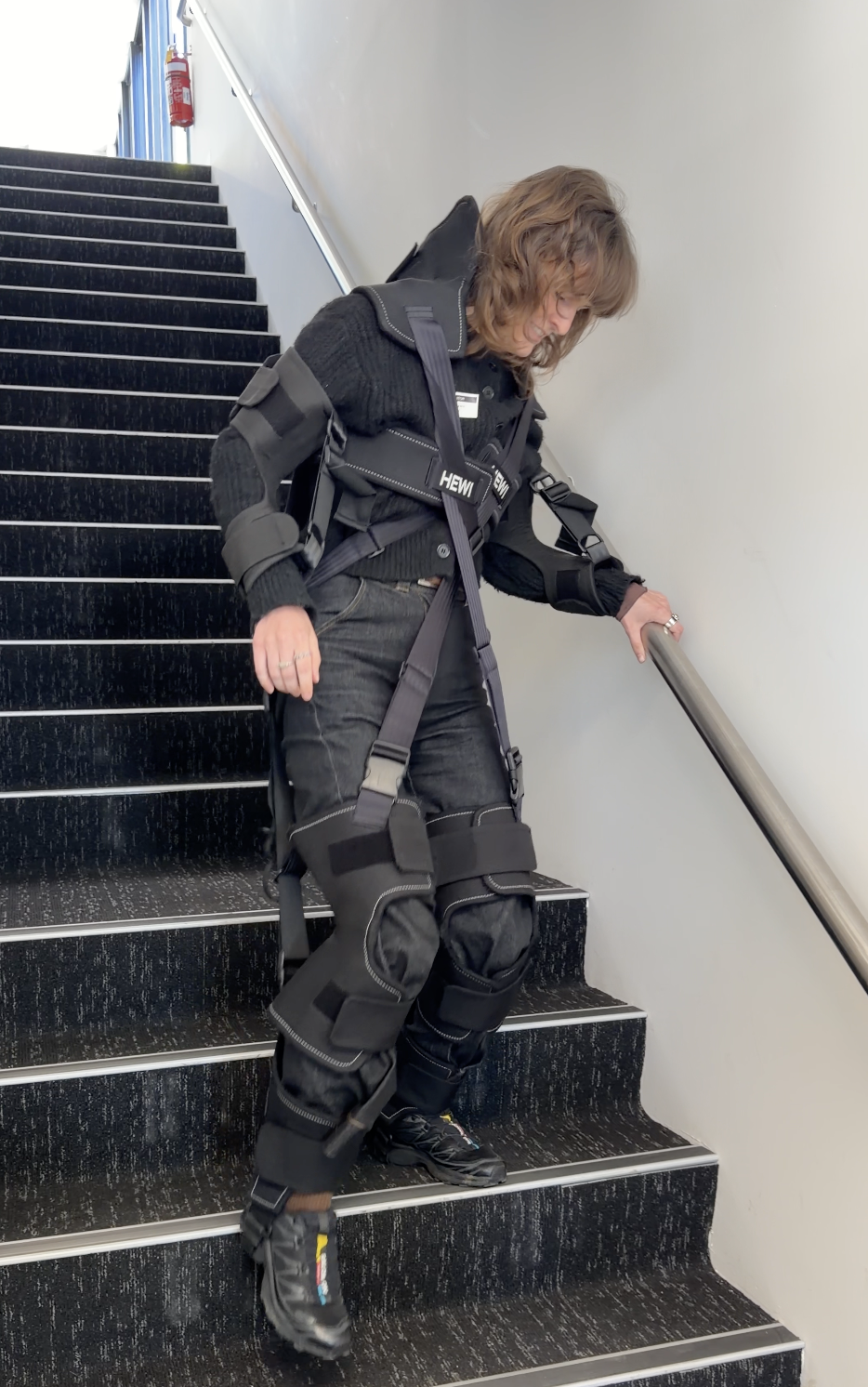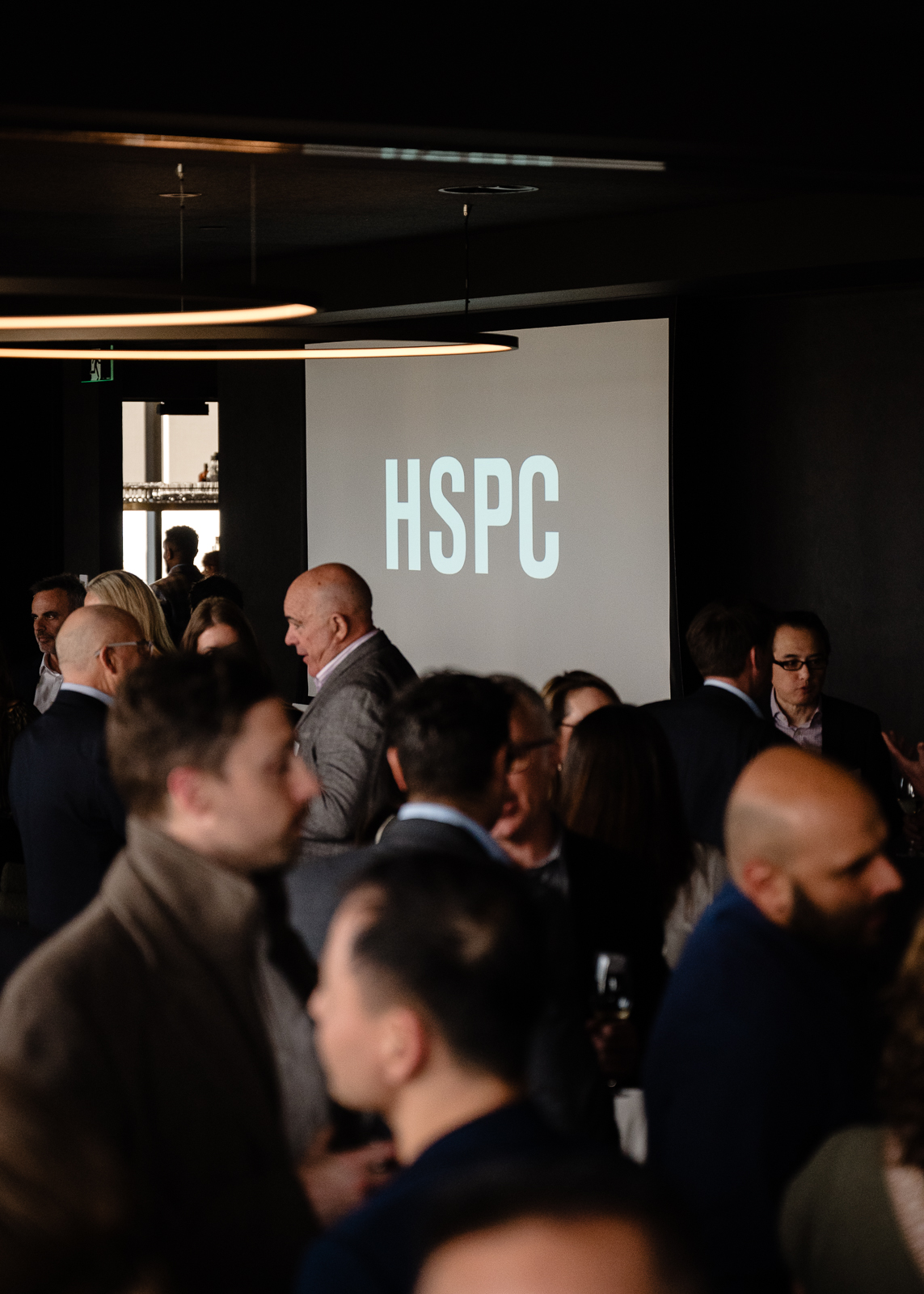Understanding End Users to Improve Healthcare Environments
Our team attended an immersive workshop with Galvin Engineering and Dementia Australia to deepen our understanding of real end user challenges and strengthen our approach to human centred healthcare design.
.png)
HSPC Health Architects and the Role of Experience in Better Design
HSPC Health Architects recently attended an experiential workshop at the Galvin Experience Centre in Abbotsford. The visit combined a guided tour of Galvin’s specialised tapware, fixtures and health focused product lines with a Dementia Australia learning session designed to place our team directly into the lived experiences of older adults and people living with cognitive decline. The day included a showroom tour, a Dementia Australia presentation and hands on engagement with simulation tools used to understand physical and cognitive limitations . This combination of product knowledge and human experience created a clear link between design intent and design impact.

Understanding Physical Limitations Through Simulation
Our team tested ageing simulation tools including limited vision glasses that reduced colour recognition, depth perception and visual clarity. We then trialled an ageing suit that restricted balance, mobility and dexterity. These activities exposed the specific difficulties older adults face when navigating clinical and residential environments. As designers, the experience reinforced the importance of spatial clarity, lighting consistency, colour contrast and a predictable layout. These insights guide how we shape circulation routes, how we organise transitions between zones and how we plan fittings, fixtures and joinery to reduce confusion and strain.

Designing for Cognitive Support
The workshop also included a virtual reality module developed with Dementia Australia that simulates the perception and cognitive experience of a person living with dementia. The simulation demonstrated how noise, reflections, shadows, mirrored surfaces and visual clutter can escalate disorientation and anxiety. Experiencing these conditions directly reiterates the need for environments that are legible, calm and intuitive. It strengthens our commitment to controlled acoustics, deliberate lighting choices and clear wayfinding strategies. This informs our design approach across acute, subacute and residential care settings.

Translating Experience into Architectural Outcomes
The day reinforced how much real experience matters in healthcare design. Feeling cognitive and physical limitations firsthand sharpened how we plan and sequence spaces, and it pushed us to remove small friction points that seem minor to an architect but significant to an end user. The result is design that is safer, clearer and genuinely easier for people to navigate.




